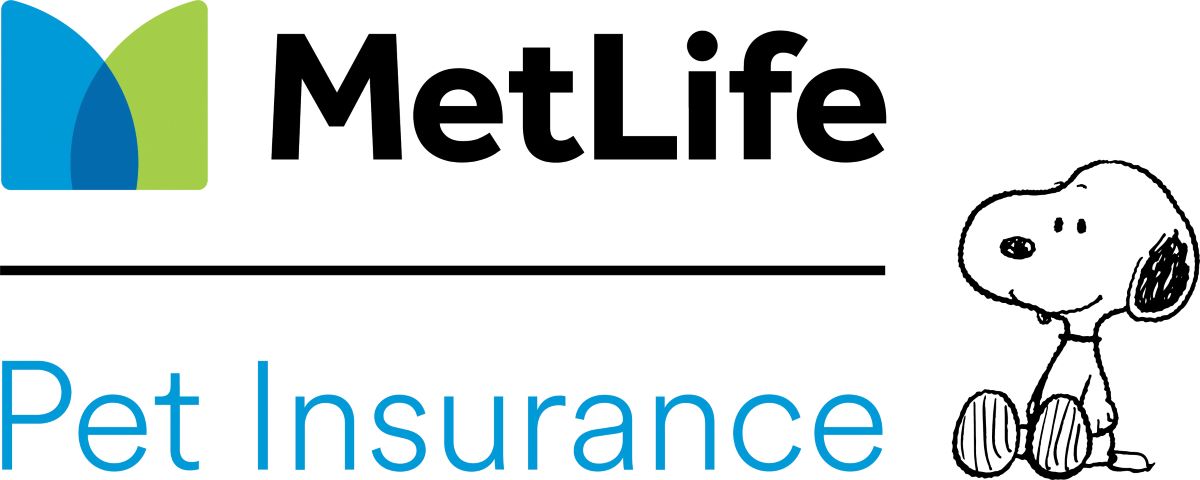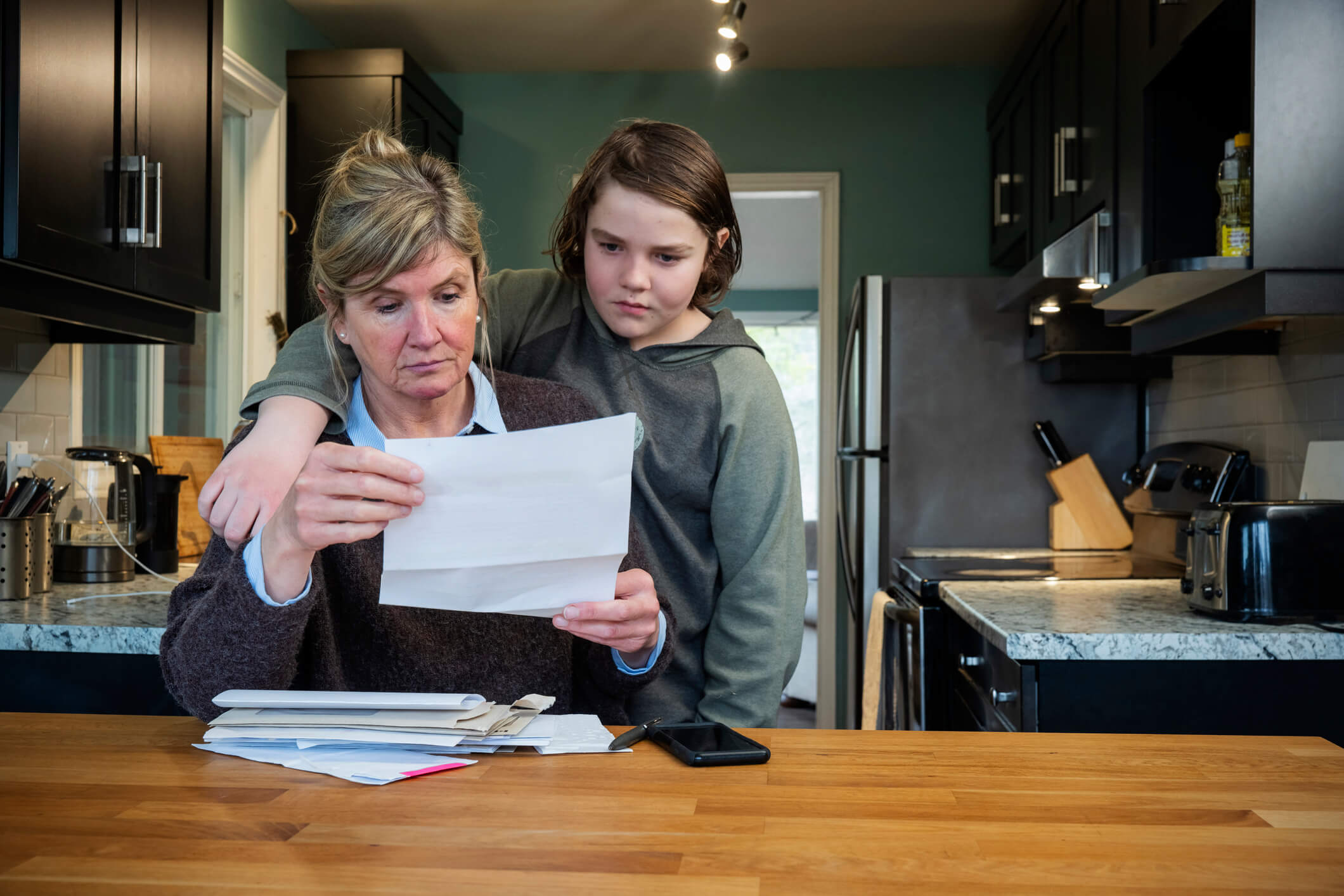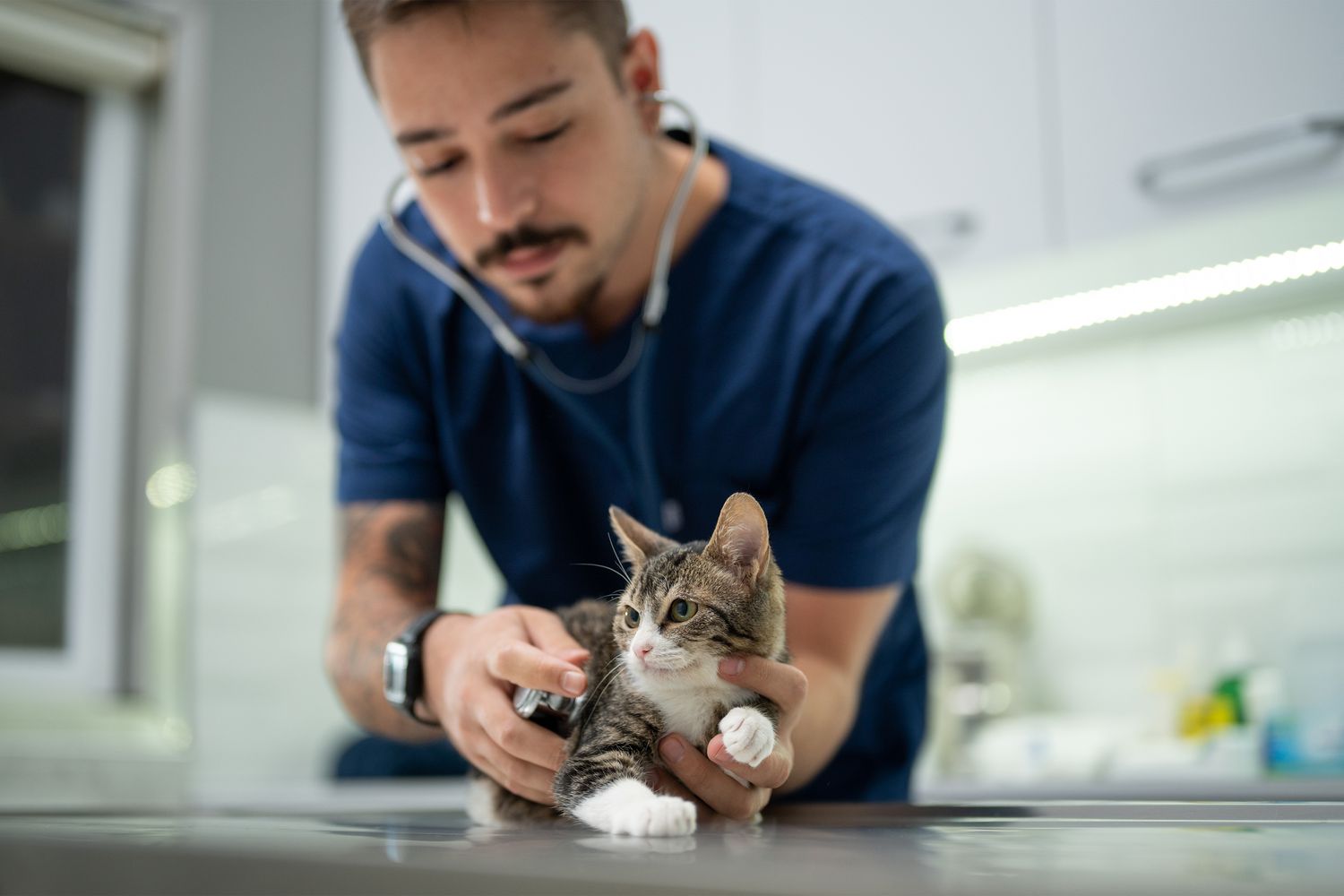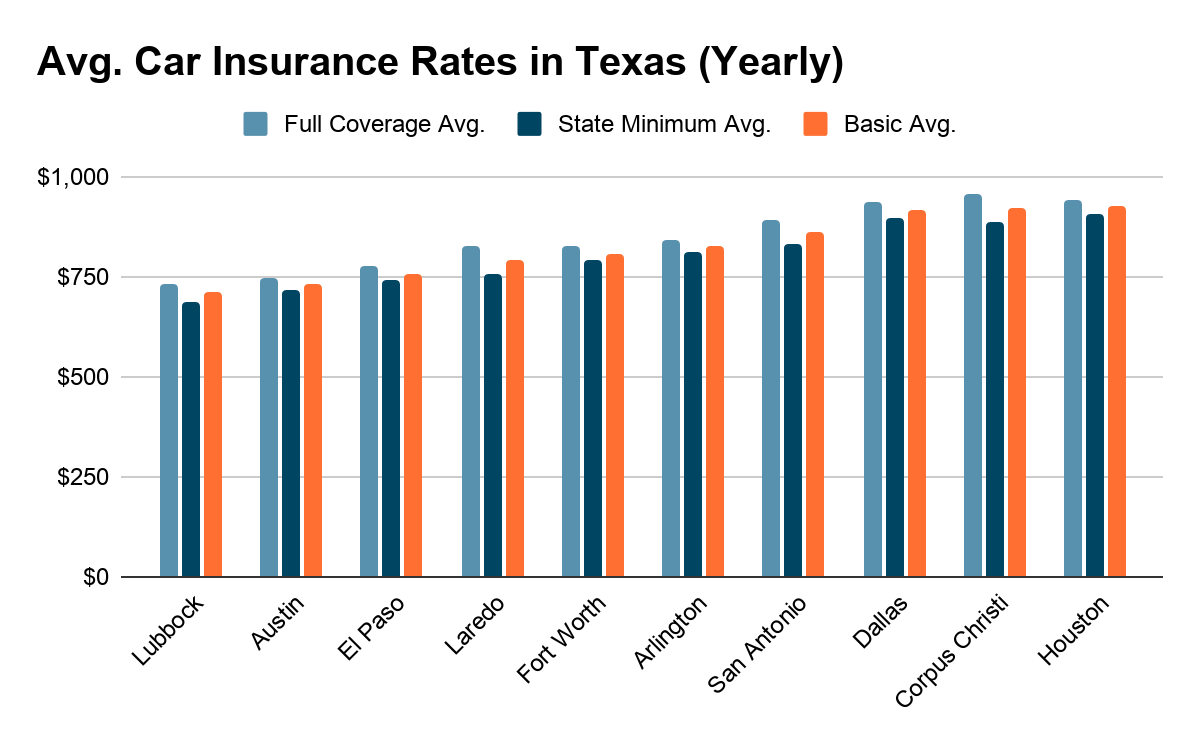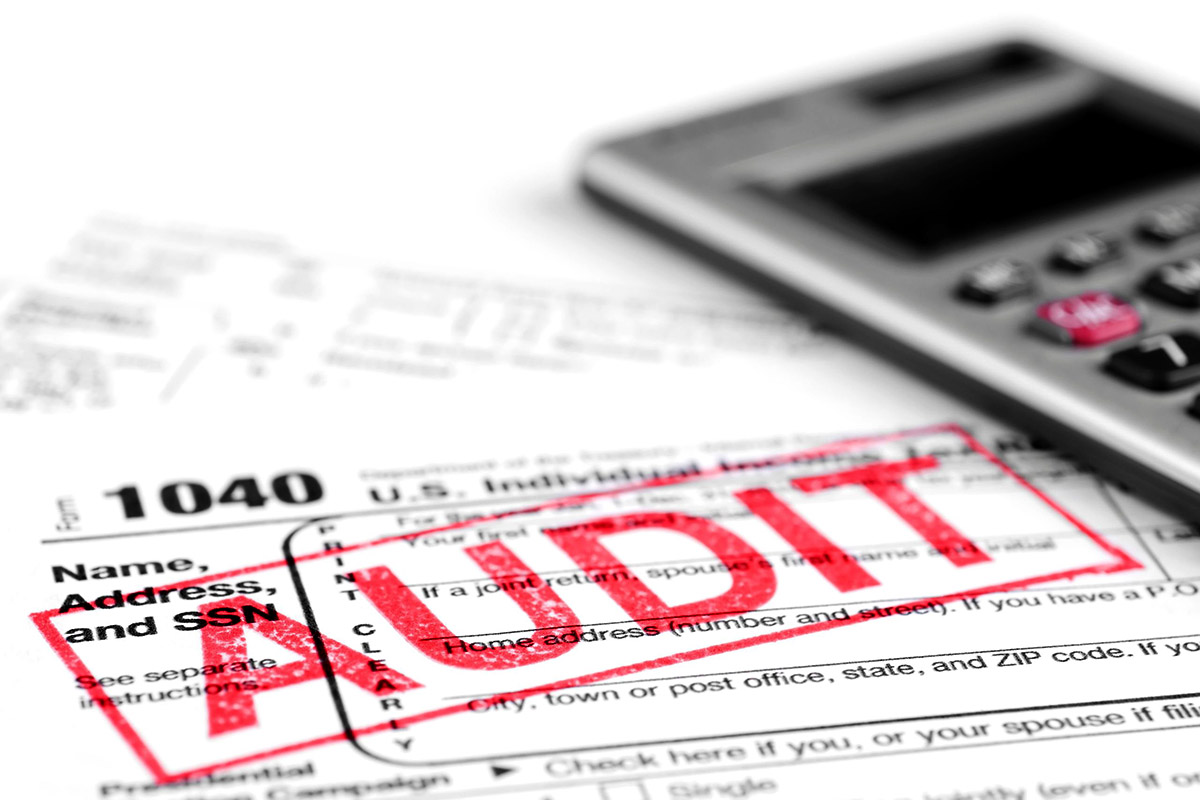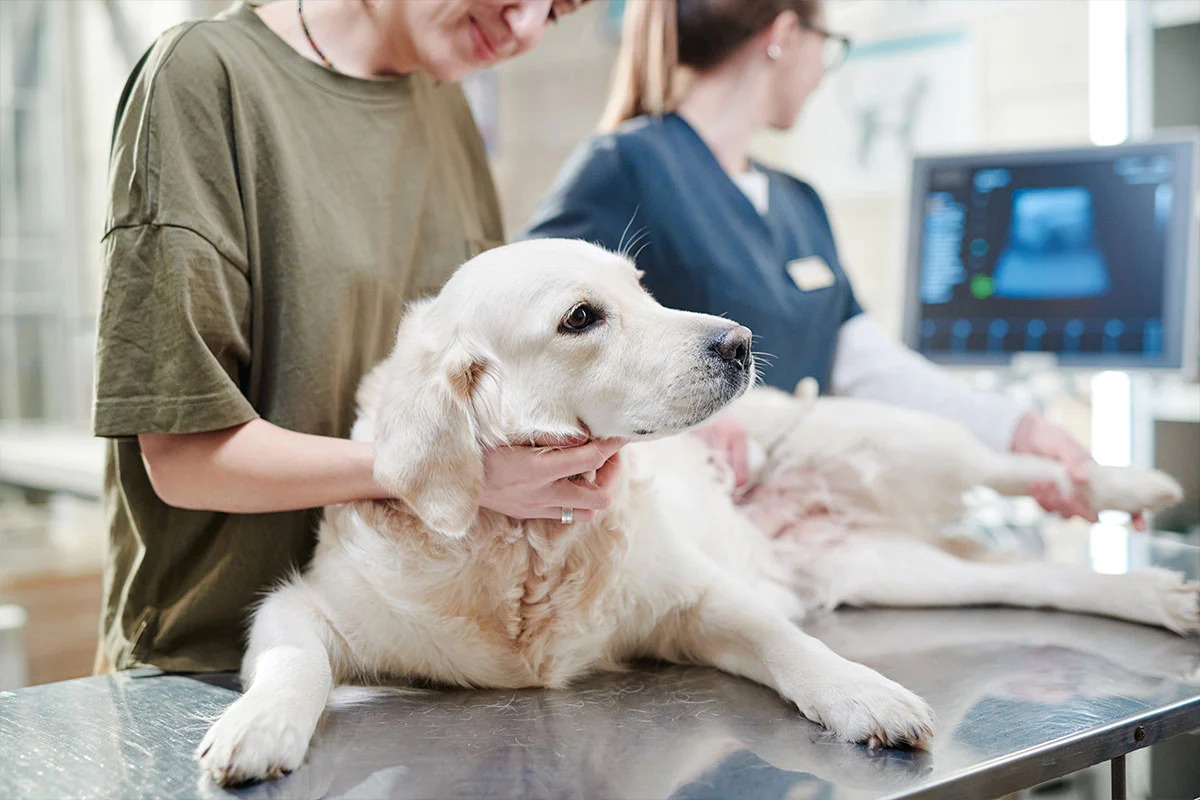

Finance
How Soon Can You Use Pet Insurance?
Modified: February 21, 2024
Discover how soon you can use pet insurance to cover your furry friend's medical expenses. Protect your finances and give your pet the care they deserve.
(Many of the links in this article redirect to a specific reviewed product. Your purchase of these products through affiliate links helps to generate commission for LiveWell, at no extra cost. Learn more)
Table of Contents
Introduction
Welcome to the world of pet insurance! As a responsible pet owner, you want to ensure that your furry friend receives the best possible care when they need it. Pet insurance can provide financial support to cover unexpected veterinary expenses, allowing you to focus on providing love and care to your beloved pet. However, like any insurance policy, there are certain factors to consider, including waiting periods.
In this article, we will explore the concept of waiting periods in pet insurance and answer the question – how soon can you use pet insurance? We will delve into the specifics of waiting periods for both accidents and illnesses, as well as common waiting period lengths and any exceptions to these waiting periods. By the end of this article, you will have a better understanding of when you can start using your pet insurance and how to make the most of it.
Before we dive into waiting periods, let’s first explore the basics of pet insurance coverage.
Understanding Pet Insurance Coverage
Pet insurance is designed to provide financial protection for unexpected veterinary expenses. Just like human health insurance, pet insurance policies come with various levels of coverage and benefits. Depending on the policy you choose, pet insurance can cover a wide range of expenses, including veterinary visits, surgeries, medications, diagnostic tests, and even alternative therapies.
However, it’s important to note that pet insurance typically does not cover pre-existing conditions. A pre-existing condition is any illness or injury that your pet had before the insurance policy was taken out. Therefore, it is advisable to enroll your pet in a insurance plan as early as possible to ensure maximum coverage.
When you purchase a pet insurance policy, you will generally pay a monthly or annual premium. This premium is based on factors such as your pet’s age, breed, and overall health, as well as the level of coverage you choose.
Now that we have a basic understanding of pet insurance coverage, let’s explore waiting periods and how they affect when you can start using your pet insurance.
Waiting Periods for Pet Insurance
Waiting periods are a standard feature of most pet insurance policies. They are the period of time that you must wait after purchasing a policy before you can make a claim for certain types of coverage. Waiting periods are put in place to prevent fraud and ensure that pets are not insured for pre-existing conditions.
There are typically two types of waiting periods in pet insurance – waiting periods for accidents and waiting periods for illnesses.
Waiting Period for Accidents: For accidents, pet insurance policies usually have a relatively short waiting period, typically ranging from 0 to 14 days. This means that if your pet is injured in an accident, you can typically start making claims for accident-related expenses after the waiting period is over. It’s important to note that accidents must occur after the waiting period begins in order to be covered.
Waiting Period for Illness Coverage: The waiting period for illness coverage is generally longer than the waiting period for accidents. It can range from 14 to 30 days, or even longer in certain cases. This means that if your pet becomes sick with an illness, you will need to wait for the specified waiting period to pass before you can make a claim for illness-related expenses. It’s important to carefully review your policy to understand the duration of the waiting period for illness coverage.
Waiting periods for both accidents and illnesses are put in place to ensure that pet insurance is used for unforeseen events rather than pre-existing conditions. By waiting for the specified period of time, the insurance company can confirm that your pet’s illness or injury is not a pre-existing condition.
Now that we understand the waiting periods for pet insurance, let’s explore the common lengths of these waiting periods.
Immediate Coverage for Accidents
While there may be waiting periods for illness coverage in pet insurance policies, most policies offer immediate coverage for accidents. This means that as soon as your policy becomes active, you can start making claims for accident-related expenses without having to wait.
Accidents can happen at any time and having the peace of mind that your pet is covered immediately can be a huge relief. Whether your pet gets into a fight with another animal, is hit by a car, or sustains an injury while playing, you can rest assured that your pet insurance will provide coverage for accidents from day one.
It’s important to note that the definition of “accident” may vary between insurance companies, so it’s crucial to carefully review your policy to understand what is considered covered under accident-related expenses. Typically, accidents are defined as unexpected and sudden events that cause injury or harm to your pet. This can include injuries from falls, burns, ingesting foreign objects, or getting bitten by an insect or snake.
Having immediate coverage for accidents can be incredibly valuable, especially when it comes to emergency situations where quick action is required. It gives you the ability to make decisions based on the best interest of your pet’s health without having to worry about the financial aspect of the situation.
Now that we understand the immediate coverage for accidents, let’s delve into the waiting period for illness coverage in pet insurance policies.
Waiting Period for Illness Coverage
Unlike accidents, which are typically covered immediately, there is usually a waiting period for illness coverage in pet insurance policies. The waiting period for illness coverage is the period of time that you must wait after purchasing a policy before you can make a claim for any illness-related expenses for your pet.
The waiting period for illness coverage varies between insurance companies and policies, but it generally ranges from 14 to 30 days. During this waiting period, any illness that your pet develops will not be covered by the insurance. It’s important to note that the waiting period starts from the day your policy becomes effective, not from the day your pet insurance is purchased.
The purpose of the waiting period for illness coverage is to prevent pet owners from purchasing insurance after their pet has already fallen ill. By implementing a waiting period, the insurance company can ensure that the illness is not a pre-existing condition and that the policy is being used for unforeseen events.
It’s crucial to carefully review the details of your pet insurance policy to understand the specific waiting period for illness coverage. Some policies may have longer waiting periods for certain illnesses or specific conditions. Additionally, there may be exclusions or limitations on coverage during the waiting period, so it’s important to be aware of those as well.
While waiting for the specified period of time can feel frustrating when your pet falls ill, it’s important to remember that once the waiting period is over, your pet will be covered for a wide range of illnesses and related expenses.
Now that we have covered the waiting period for illness coverage, let’s explore the common lengths of waiting periods in pet insurance policies.
Common Waiting Period Lengths
The waiting period for both accident and illness coverage in pet insurance policies can vary in length, depending on the insurance provider and policy. While individual policies may have different waiting periods, there are some common lengths that you may come across when exploring pet insurance options.
For accident coverage, the waiting period is typically shorter compared to the waiting period for illnesses. It generally ranges from 0 to 14 days. Some insurance providers offer immediate coverage for accidents, while others may have a short waiting period of a few days. This means that if your pet is involved in an accident within the specified waiting period, you can begin making claims for related expenses immediately or as soon as the waiting period expires.
On the other hand, the waiting period for illness coverage in pet insurance policies is generally longer. It typically ranges from 14 to 30 days, though it can be longer in some cases. During the waiting period for illness coverage, any illness that your pet develops will not be covered. It’s essential to carefully review your policy to determine the exact waiting period for illness coverage.
The length of the waiting period can vary based on various factors, including the insurance provider’s policies, the specific plan you select, and your pet’s age and medical history. It’s important to consider these factors when choosing a pet insurance policy and be aware of the waiting period lengths associated with each policy you are considering.
While waiting for the waiting period to pass can be challenging when your pet needs medical attention, understanding and abiding by the waiting period requirements is crucial. By doing so, you can ensure that your pet insurance coverage is valid and that you can make claims for eligible expenses once the waiting period has ended.
Now that we have discussed common waiting period lengths, let’s explore any exceptions to these waiting periods in pet insurance policies.
Exceptions to Waiting Periods
While waiting periods are a standard feature of most pet insurance policies, there are some exceptions where coverage may be available sooner. These exceptions can vary depending on the insurance provider and the specific policy you choose.
One common exception is for accidents. As mentioned earlier, many pet insurance policies offer immediate coverage for accidents, meaning you can make claims for accident-related expenses right away, without having to wait for the specified waiting period to pass. This is especially beneficial in emergency situations where immediate medical attention is required for your pet.
Another exception to waiting periods is for policyholders who have had continuous coverage with a previous pet insurance provider. If you switch insurance providers but can provide proof of continuous coverage, some companies may waive or reduce the waiting period for illness coverage. This ensures that pet owners who have maintained insurance for their pets are not penalized with additional waiting periods. However, it’s important to check with the new insurance provider to understand their specific policies regarding waiting periods and continuous coverage.
It’s important to note that while there are exceptions to waiting periods, they are not guaranteed and may vary between insurance providers. It’s crucial to thoroughly review the terms and conditions of your specific pet insurance policy to understand any exceptions that may apply to waiting periods.
Understanding the exceptions to waiting periods can help pet owners make informed decisions when selecting a pet insurance provider. It’s important to choose a policy that aligns with your needs and offers reasonable waiting periods or exceptions that suit your situation.
Now that we have discussed exceptions to waiting periods, let’s explore what you can do during the waiting period to ensure the well-being of your pet.
What to Do During the Waiting Period
The waiting period in pet insurance can sometimes feel like a challenging time, especially if your pet needs medical attention. However, there are several actions you can take during this waiting period to ensure the well-being of your furry friend:
1. Schedule a vet visit: Even if you are unable to make claims for illness-related expenses during the waiting period, it’s essential to take your pet to the vet for a check-up. This allows the vet to identify any existing health issues, provide preventive care, and establish a baseline for future reference.
2. Maintain routine care: Continue providing your pet with routine care, including vaccinations, preventive medications, dental cleanings, and regular grooming. These proactive measures can help prevent potential illnesses and ensure your pet’s overall health and well-being.
3. Establish an emergency fund: During the waiting period, it’s a good idea to set aside funds specifically for any unexpected medical expenses that may arise. Having an emergency fund dedicated to your pet’s care can provide peace of mind and ensure that you are financially prepared to handle any unforeseen circumstances.
4. Research alternative options: While waiting for the waiting period to end, explore alternative options to supplement your pet’s healthcare needs. For example, you can look into discount plans for medications, pet wellness packages, or local low-cost clinics for routine care. These options can help manage costs and provide temporary solutions during the waiting period.
5. Read and understand your policy: Take the time to thoroughly review your pet insurance policy during the waiting period. Familiarize yourself with the coverage details, exclusions, and any limitations that may apply to your policy. Understanding your policy will help you make more informed decisions regarding your pet’s healthcare needs.
By taking these steps during the waiting period, you can actively participate in maintaining your pet’s health and well-being while waiting for full coverage to take effect.
Now that we have explored what to do during the waiting period, let’s conclude our discussion on using pet insurance.
Conclusion
Pet insurance is an important tool for providing financial protection and peace of mind when it comes to your pet’s healthcare needs. While waiting periods are a standard part of most pet insurance policies, they help ensure that insurance is used for unexpected events rather than pre-existing conditions.
Understanding waiting periods is crucial to effectively navigate your pet insurance coverage. The waiting period for accidents is generally shorter, offering immediate coverage for such incidents. However, there is typically a longer waiting period for illness coverage, ranging from 14 to 30 days or more.
During the waiting period, it is important to continue providing routine care for your pet and establish an emergency fund to handle any unforeseen medical expenses. Additionally, familiarize yourself with the details of your policy, including any exceptions to waiting periods or alternative options for supplemental care.
By being proactive and well-informed, you can maximize the benefits of your pet insurance policy while waiting for the waiting period to end. Remember to consult with your insurance provider if you have any specific questions or concerns regarding waiting periods or coverage.
Ultimately, pet insurance offers invaluable peace of mind, allowing you to prioritize your pet’s health without the added financial stress. So, when considering pet insurance, take the time to research, compare policies, and choose the one that best suits your pet’s needs and your budget.
Remember, pet insurance is an investment in your furry friend’s well-being, ensuring that they receive the necessary care when they need it most. From accidents to illnesses, pet insurance provides the support and financial protection to give your pet the best possible care throughout their life.
